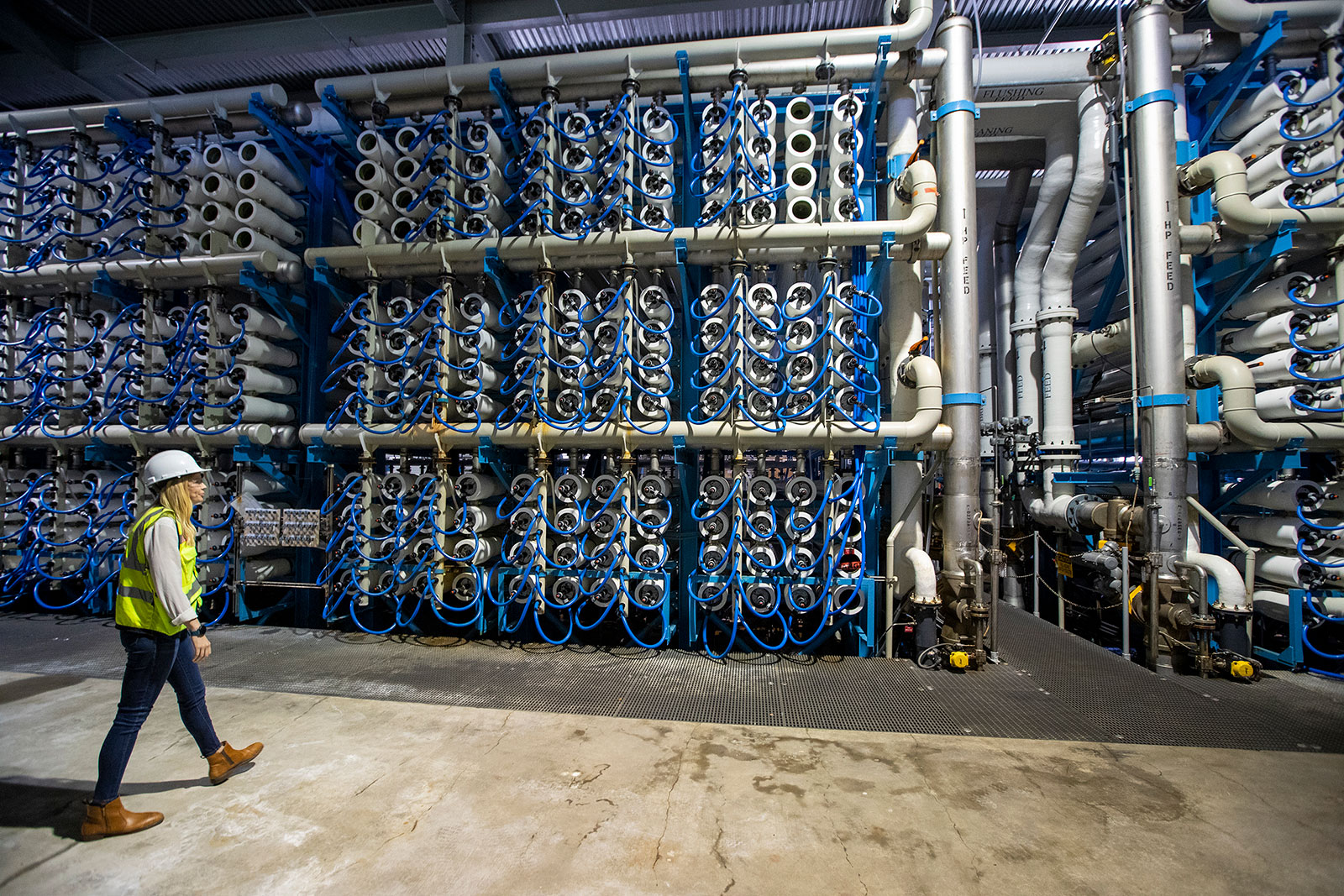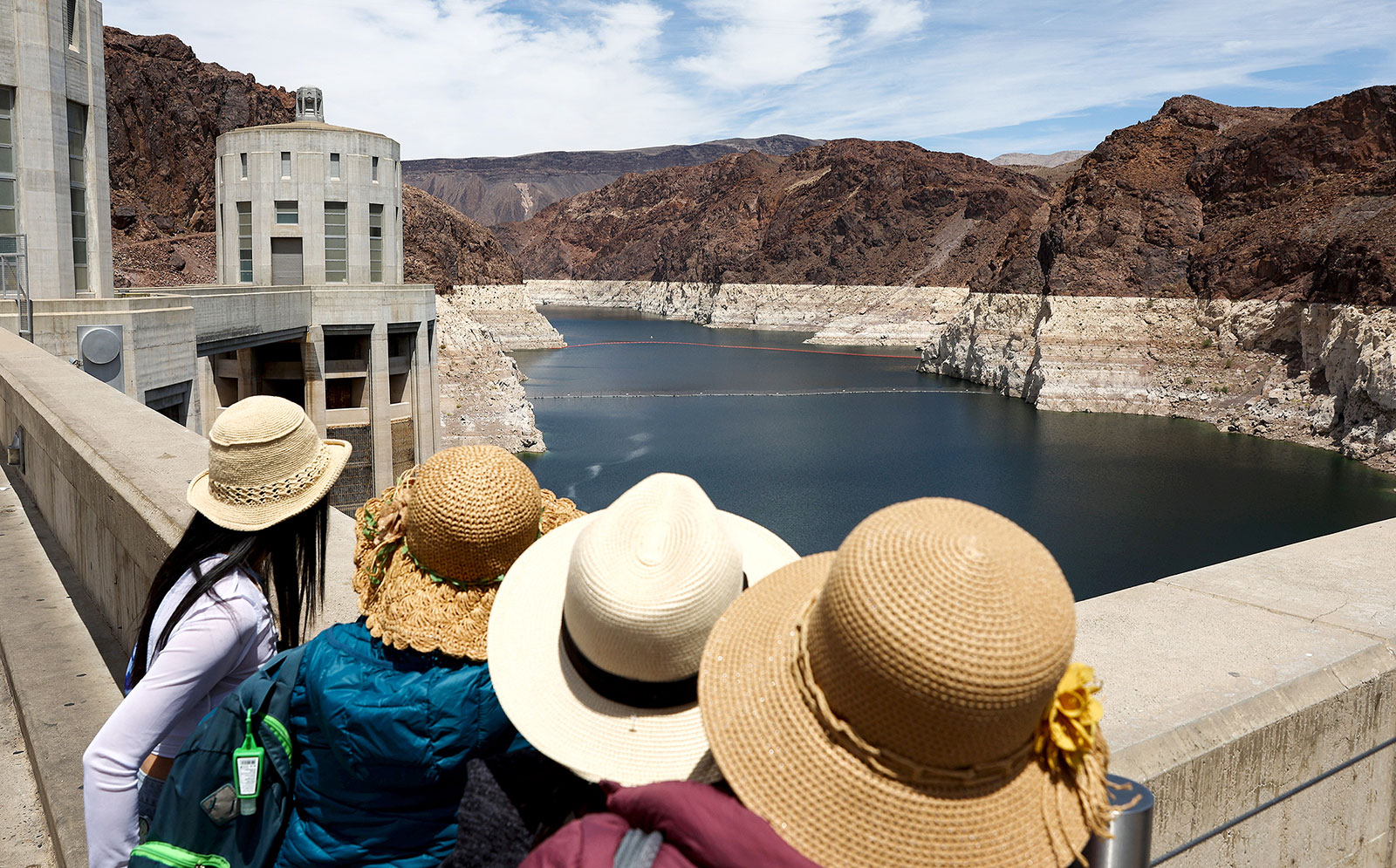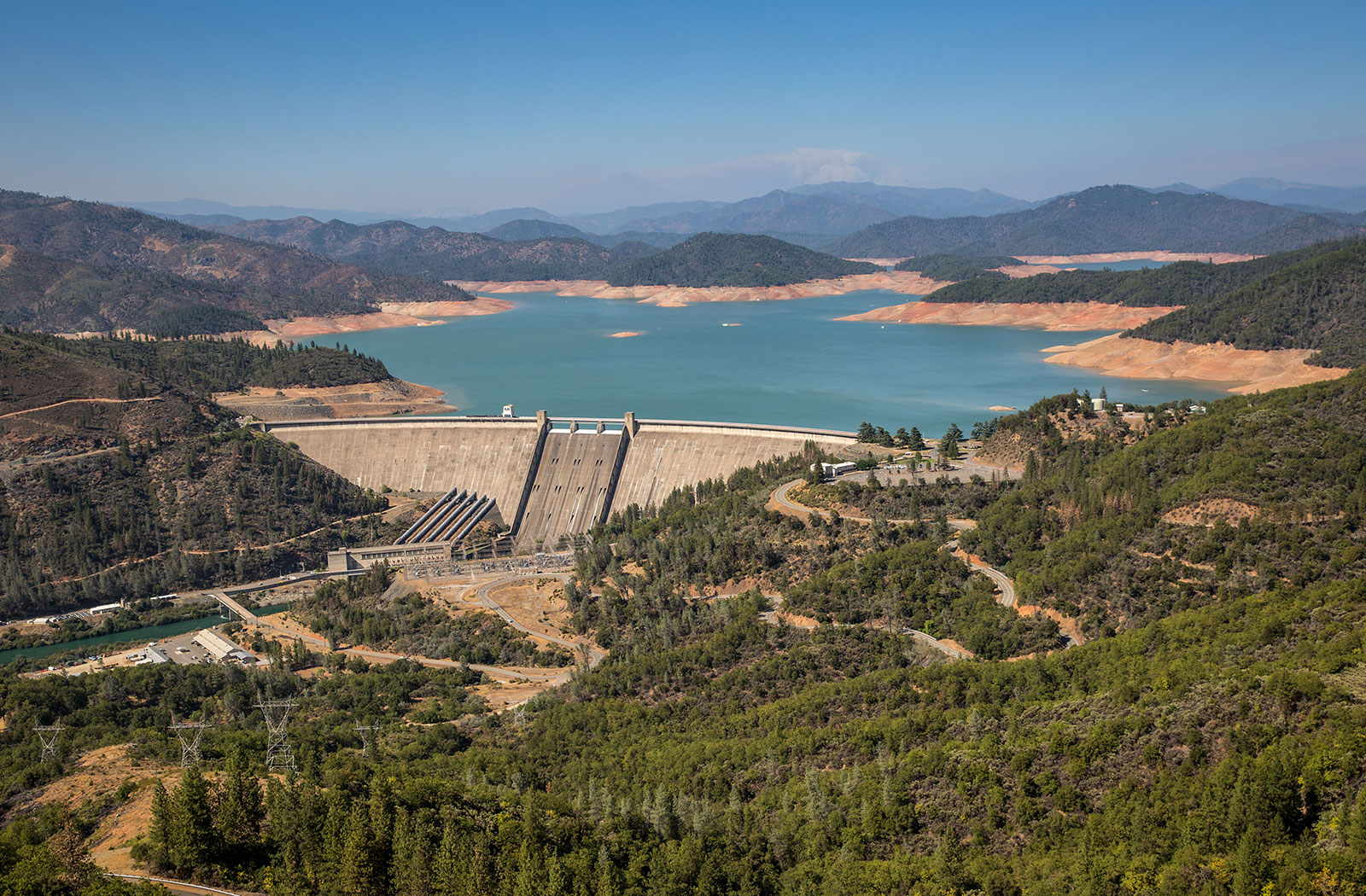
Citing California’s continued drought, hotter temperatures and the overall harsh impacts of climate change, Gov. Gavin Newsom laid out his multi-billion dollar plan last week to preserve the state’s diminishing water supply for future years.
A 16-page document released by the state details California’s water supply strategy and concludes that rising temperatures create “a thirstier atmosphere, plants and soil” where less water is available for people.
The state estimates that over the next two decades, California will lose 10% of its water supply. Newsom said the focus is not just on preservation but on creating a greater water reserve, most notably through recycled water projects.
“We have a renewed sense of urgency to address this issue head on. But we do so from a multiplicity of perspectives and ways, not just from a scarcity mindset,” Newsom said in a press conference on Thursday. “What we are focusing on is creating more supply. What we're focused on is creating more water,” he said.
These projects include:
- Desalinization of ocean water and salty water in groundwater basins
- Storm water and wastewater capture
- Recycling and reusing at least 800,000 acre-feet of water per year by 2030.
As part of the $8 billion strategy, California seeks to build upon conservation efforts, modernize the state’s water systems and create additional water storage to capitalize on big storms.
One opponent of Newsom’s plan, Assembly Leader James Gallagher, expressed concern about the financial burden the strategy places on taxpayers.
Some context: The plan comes as the US Bureau of Reclamation releases a new report that shows the forecast for the Colorado River and Lake Mead. The findings could mean water cuts for millions living in several Southwest states — including California — starting in 2023.
A study published in Nature Climate Change in February found the period from 2000 to 2021 was the driest in 1,200 years in the western US. Last year's drought severity was "exceptional," researchers said, and all indications are the extreme conditions will continue through 2022.
The human-caused climate crisis has made the megadrought 72% worse, the study noted.











